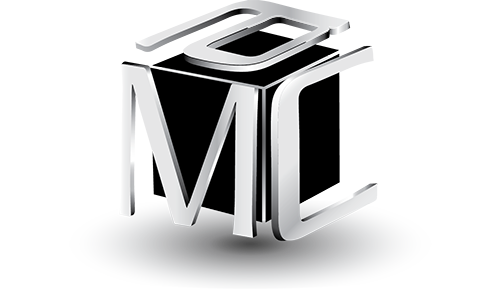Strategic Talent Management
Strategic Talent Management:
Not Your Grandfather’s HR
Michael Couch
President
Michael Couch and Associates Inc.
Pittsburgh, PA
A recent survey of executives by the Conference Board concluded that:
How are company’s and Human Resource departments handling this challenge? A concurrent survey of 16,000 Line Managers conducted by the Corporate Leadership Council showed that only 10% felt that their talent aligned with the business strategy, only 20% felt that their succession planning process was effective, and 70% felt that HR was not responding to future talent needs. The Council report concluded that:
The cause? From my perspective, it is because most HR functions spend time and resources on managing administrative transactions and not on the processes that create value.

The real value in people processes comes not from handling transactions effectively or from focusing on productivity alone. The real value comes from sustaining the organization’s productivity and change capability over time. Hiring, firing and training alone are not sufficient. Information technology has given us some interesting new tools. The requirements of the present business climate make them necessary additions to the talent tool box. In fact, research has shown that best practice organizations go beyond recruiting- and retention-based approaches and create multi-faceted talent strategies, each addressing different strategic talent gaps. I advise my clients to consider the following in building their talent strategies.
- Attract and Retain – Sourcing, recruiting and holding onto the talent with the some new twists.
- Spend the most time and effort on the strategic positions.
- Select for potential not just technical knowledge.
- Only use High Pro’s and High Po’s to do interviews. Research has shown that top talent views work and performance very differently than average or low performers. The latter can’t envision top performance if they tried.
- Use the value proposition from your strategy to create a brand that attracts target talent.
- Connect and Enable – Assuring a clear linkage from strategy to annual business plans to department/process objectives down to individual employee performance plans.
- Implement a robust on-boarding process that gets talent connected quickly and effectively.
- Employ mentors for High Potential employees at key career transitions.
- Use a comprehensive strategy deployment process so that the strategy and value drivers are obvious to all key stakeholders.
- Invest in tools to allow work to occur in virtual settings. Build formal and informal collaboration and knowledge sharing.
- Communicate, communicate, communicate. Skip-level meetings, CEO Blogs, webinars, social networking . . . you name it.
- Use goal alignment processes and technology. You should have a process that builds a clear linkage so everyone knows the role they play in business success.
- Measure and improve employee engagement (not satisfaction).
- Develop and Motivate – Understanding people’s capabilities and developing them to match business requirements while meeting their needs for growth.
- Stay away from “take a class” as the only tool. Follow the 70-20-10 rule. 70% of development should be projects, assignments, or promotions; 20% should be based on interacting with new and different people; 10% should be self guided instruction or training.
- Use just-in-time, action-based training linked with a project or assignment.
- Use team-based development. Sixty percent of the time people go to other people to learn versus going to other sources. Development should be team-based. Formal and informal networking is a key as well.
- Deploy and Manage – Providing effective resource deployment that can only be done if you have a full picture of talent.
- Employ assignment management and tracking for High Potential employees.
- Consider restructuring to get a greater impact from your talent investment.
- Use a Project Portfolio Management process to deploy critical resources on critical projects.
- Use a disciplined process to address those that can’t “get on board” or who are not learning agile.
- Sustain and Transform – Achieving clear, measurable and sustainable change within the organization.
- Develop talent measurement and analytics to turn talent data into talent intelligence.
- Invest in integrated talent management software.
- Measure culture, match to the strategy and deal with the gaps.

